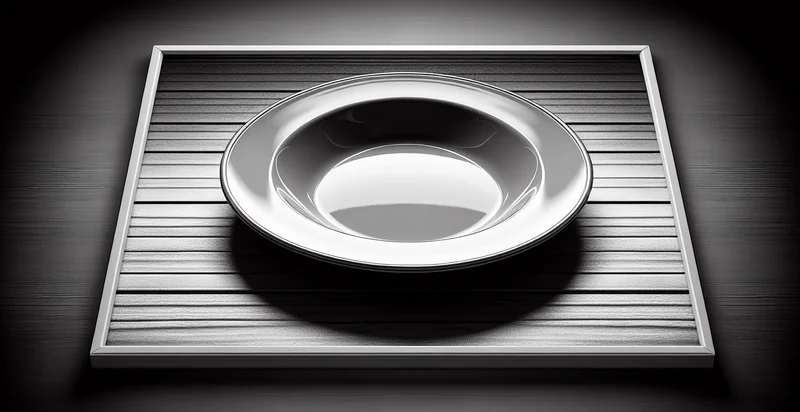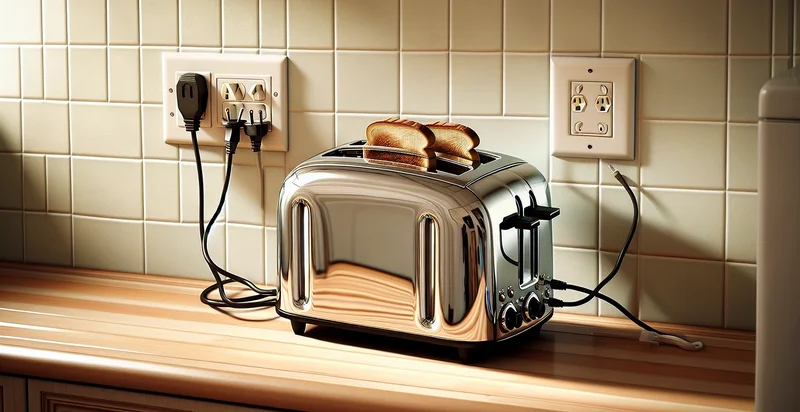Identify if plate is upside down
using AI
Below is a free classifier to identify if plate is upside down. Just upload your image, and our AI will predict if the plate is upside down - in just seconds.

Contact us for API access
Or, use Nyckel to build highly-accurate custom classifiers in just minutes. No PhD required.
Get started
import nyckel
credentials = nyckel.Credentials("YOUR_CLIENT_ID", "YOUR_CLIENT_SECRET")
nyckel.invoke("if-plate-is-upside-down", "your_image_url", credentials)
fetch('https://www.nyckel.com/v1/functions/if-plate-is-upside-down/invoke', {
method: 'POST',
headers: {
'Authorization': 'Bearer ' + 'YOUR_BEARER_TOKEN',
'Content-Type': 'application/json',
},
body: JSON.stringify(
{"data": "your_image_url"}
)
})
.then(response => response.json())
.then(data => console.log(data));
curl -X POST \
-H "Content-Type: application/json" \
-H "Authorization: Bearer YOUR_BEARER_TOKEN" \
-d '{"data": "your_image_url"}' \
https://www.nyckel.com/v1/functions/if-plate-is-upside-down/invoke
How this classifier works
To start, upload your image. Our AI tool will then predict if the plate is upside down.
This pretrained image model uses a Nyckel-created dataset and has 2 labels, including Plate Upright and Plate Upside Down.
We'll also show a confidence score (the higher the number, the more confident the AI model is around if the plate is upside down).
Whether you're just curious or building if plate is upside down detection into your application, we hope our classifier proves helpful.
Related Classifiers
Need to identify if plate is upside down at scale?
Get API or Zapier access to this classifier for free. It's perfect for:
- Automated Quality Control: In manufacturing environments, the 'is plate upside down' identifier can be employed in quality assurance processes. It would allow machinery to detect improperly oriented plates during assembly, ensuring that only correctly positioned products move to the next stage, thus reducing waste and enhancing product reliability.
- Robotic Assistance in Warehousing: Warehouses using automation can integrate this function into robotic systems to identify and correct the orientation of palletized goods. This ensures that delivery and storage operations are performed efficiently, minimizing handling errors and improving workflow.
- Smart Kitchen Appliances: In smart kitchen devices, such as induction cooktops, the identifier can be utilized to detect if a cooking plate or pan is properly placed. This feature can prevent accidents or malfunctions by ensuring the appliance only activates when the cookware is correctly oriented.
- Food Delivery Service Verification: Food delivery applications can implement the function to ensure plates are delivered to clients in the correct orientation. This can enhance customer satisfaction by preventing spills and ensuring food stability during transport.
- Automated Dishwashing Systems: In commercial dishwashers, the identifier can help in organizing items to ensure that plates are cleaned effectively without risking any damage. By verifying the position of plates prior to washing, the system can optimize the washing cycle, ensuring thorough cleaning.
- Augmented Reality Culinary Apps: Culinary apps offering augmented reality features can utilize the identifier to guide users on correctly placing plates on tables during presentations. This ensures an aesthetically pleasing serve, which can enhance dining experiences and improve customer engagement.
- Restaurant Management Systems: Restaurant point-of-sale systems can incorporate this identifier to streamline food plating processes. By ensuring that dishes are plated correctly, the system can reduce errors in order fulfillment and improve server efficiency, ultimately leading to a better dining experience.


